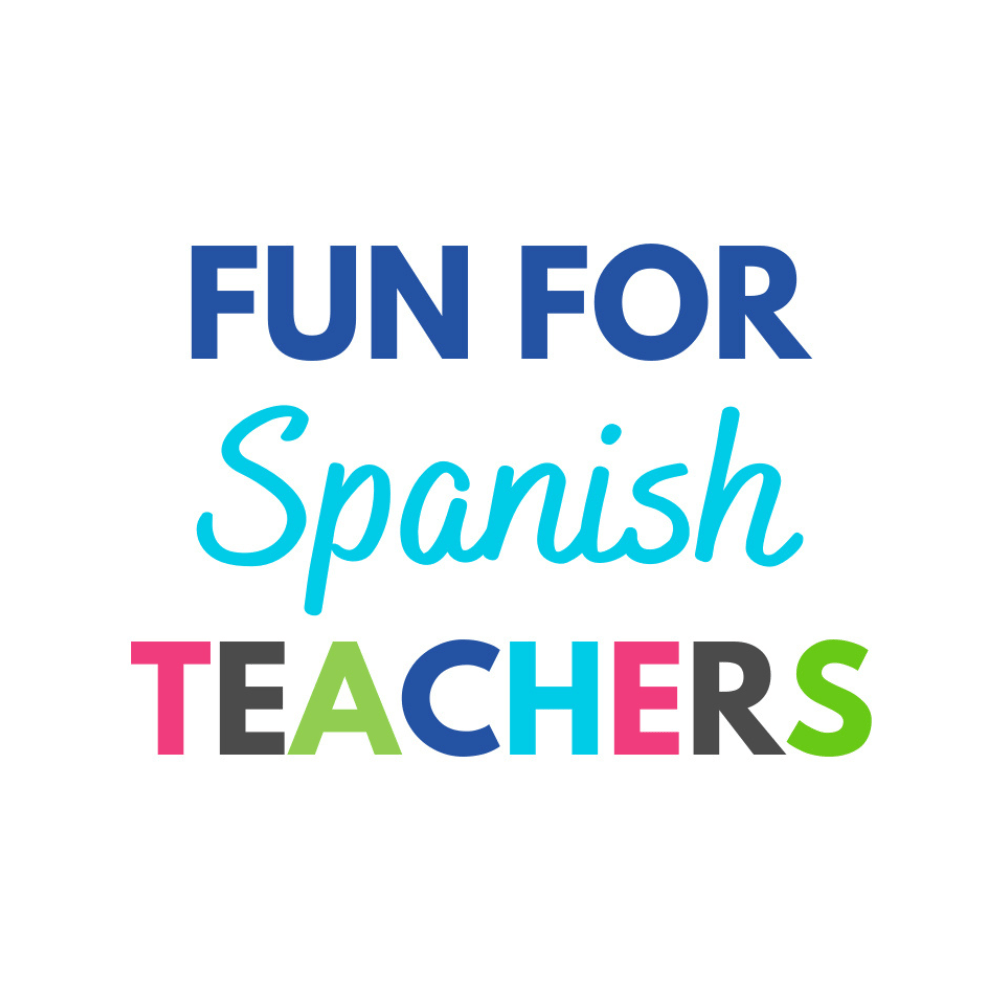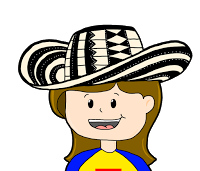Reasons to Share About El Día de los Muertos in Spanish Class
I have to admit that I didn’t know anything about “El Día de los Muertos” until I moved from Colombia to the United States. In the first Spanish program in which I taught, cultural traditions and celebrations were not part of the curriculum. This was mainly due to the limited time we had with our students. Without the ability to engage deeply, we were afraid of passing down wrong information or stereotypes of other cultures to them. After a few years of teaching in this school district, I moved to another school district where the program was richly infused with cultural celebrations. “El Día de los Muertos” was an important feature, and the children were really engaged in various aspects of it in ways that made it a comprehensive cultural exploration for elementary level students. And yes, it took me a while to get comfortable with this celebration, but I still wasn’t 100% excited to be teaching this to my students.
And just as life changes and people move, I moved to a different neighborhood and changed schools again. This time, I was at a school where a big part of my job was to help create the K-3 Spanish curriculum , but still El Día de los Muertos wasn’t my top choice to include in it. I also felt that, being Colombian, I had an obligation to teach and share about my own culture. After about two years in this program, I heard conversations of students explaining El Día de los Muertos as simply the way Halloween is celebrated in Mexico. My heart sank, and then it jumped with adrenaline as I had a flashing thought that I was missing an awesome opportunity to share with students the real meaning of this celebration. Not to blame them, but everywhere they go, many of the icons such as calacas, catrinas and catrines are displayed in the Halloween aisles in many of the big stores. They are now part of Halloween costumes and even an excuse to have “Day of the Dead” fiestas. I am also guilty of buying the decorations and bringing them to my classroom, and of course, hiding the label that shows that they were made in China, not in Mexico.
The celebration deserves room in the curriculum of Spanish teachers. We, the community Spanish teachers, have a responsibility to educate our school community about the importance of this beautiful celebration, especially given the fact that it was just recently included in the “List of Intangible Cultural Heritage of Humanity” by UNESCO.
We also have to remember that as world language teachers we should help our students (and each other) to understand other cultures are well prepared to be good citizens of the world!
As a good starting point, I put together a PowerPoint that I use to introduce the celebration to my 2nd and 3rd grade students. I am now sharing it, and you are welcome to download it and adapt it to your needs. Please note that I don’t own any of the pictures in the PowerPoint. If you share the resource, I would appreciate if you give credit to my blog.
Click here or on picture to download presentation!
Have a wonderful celebration in your class!
Carolina




